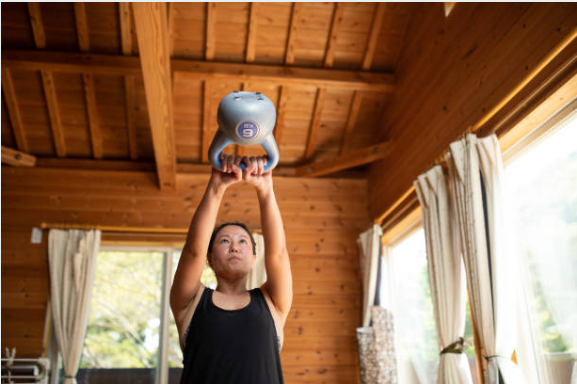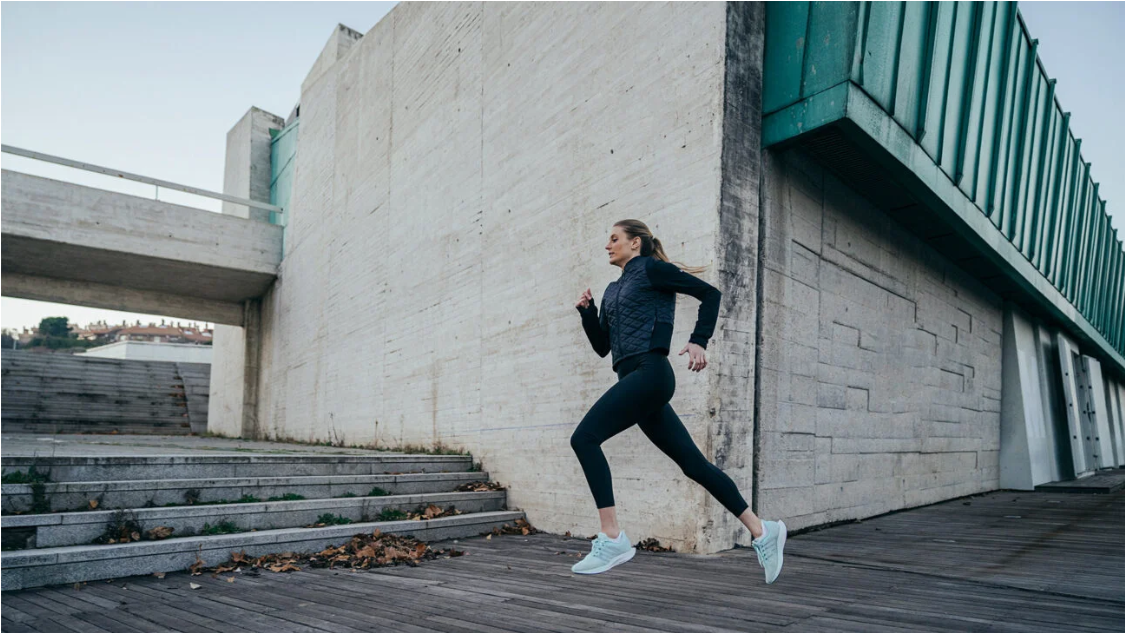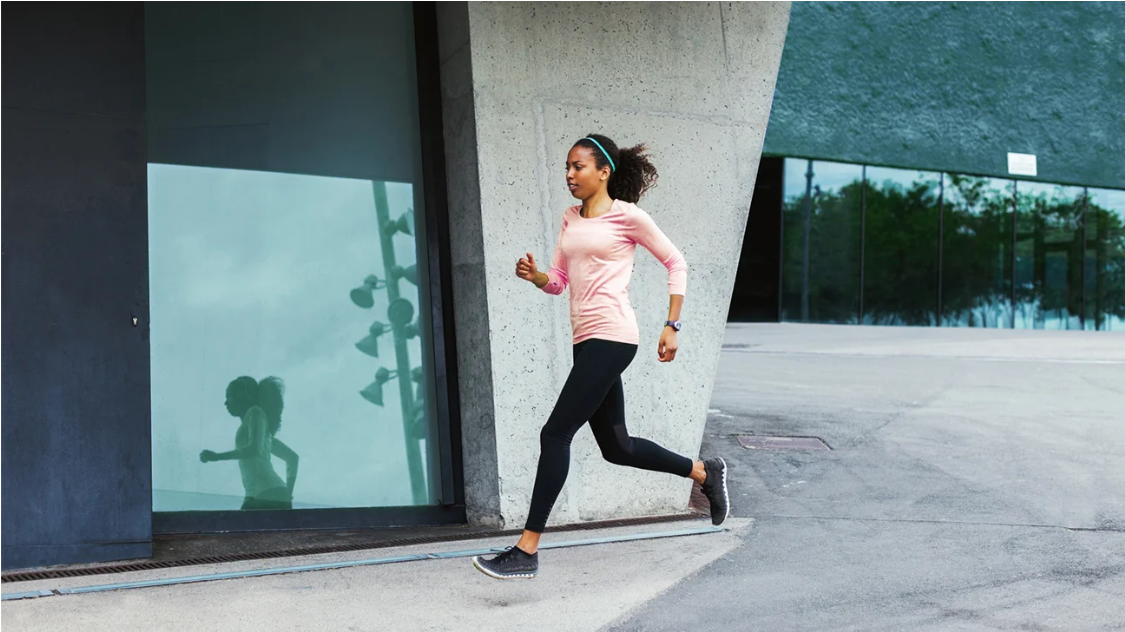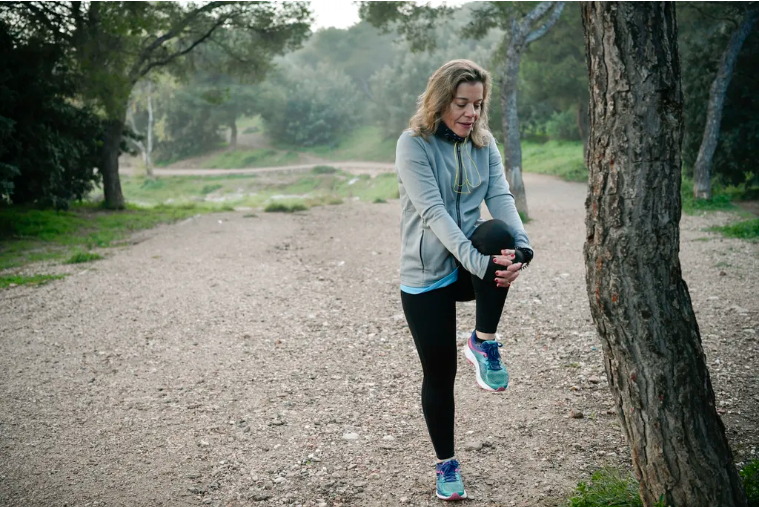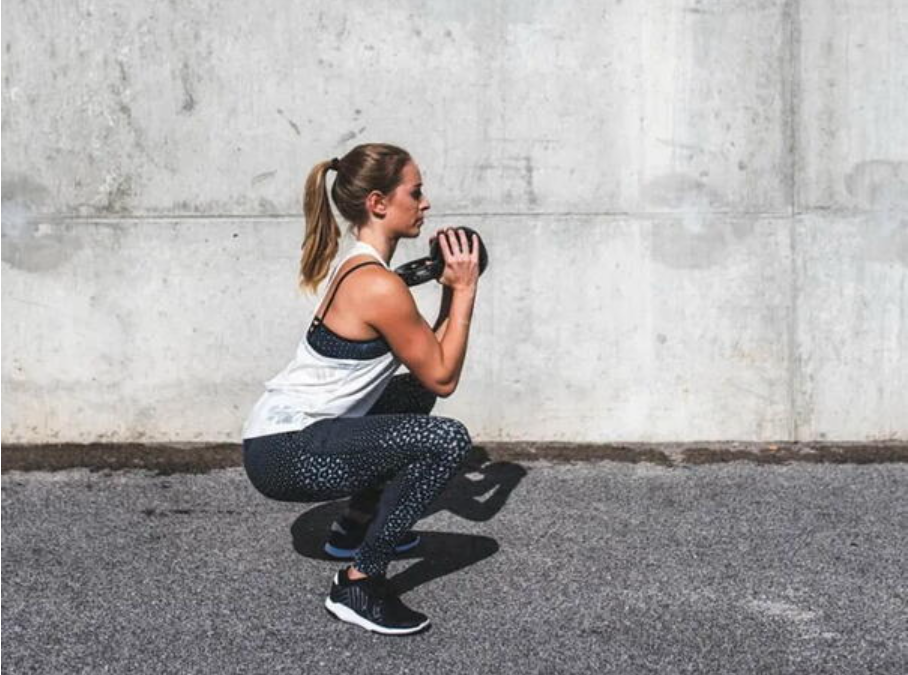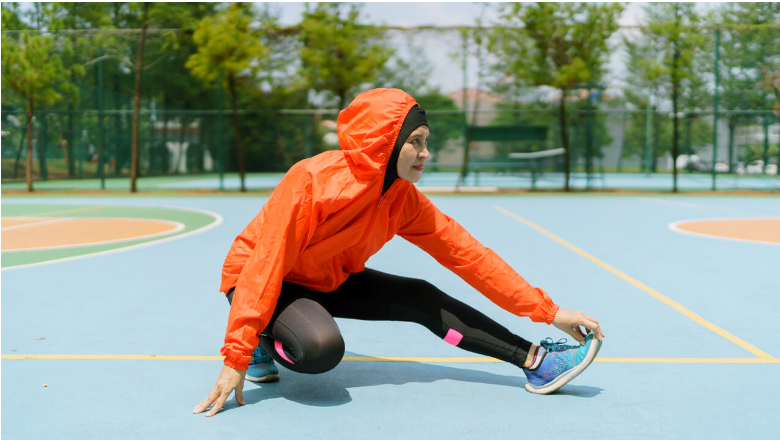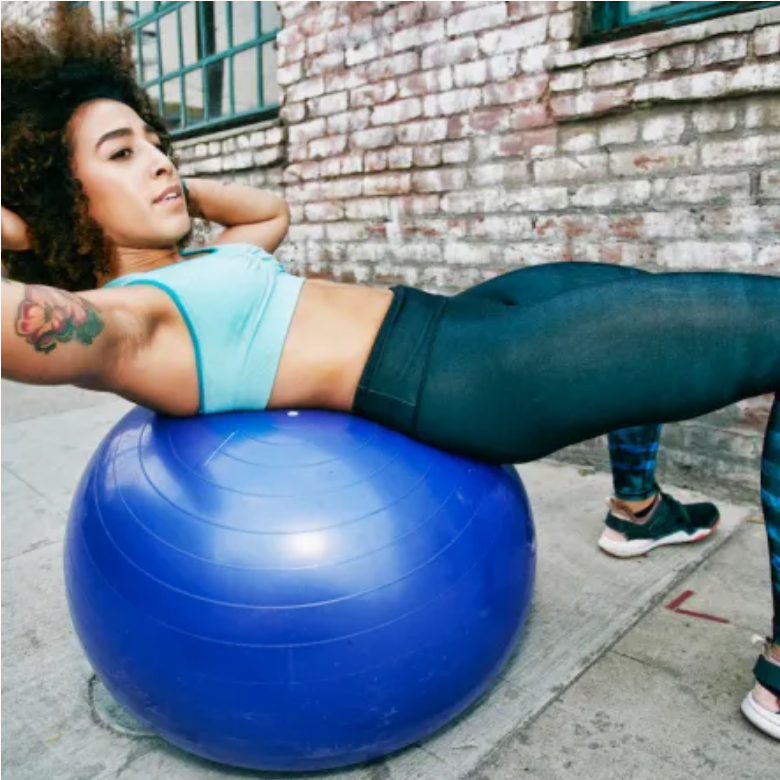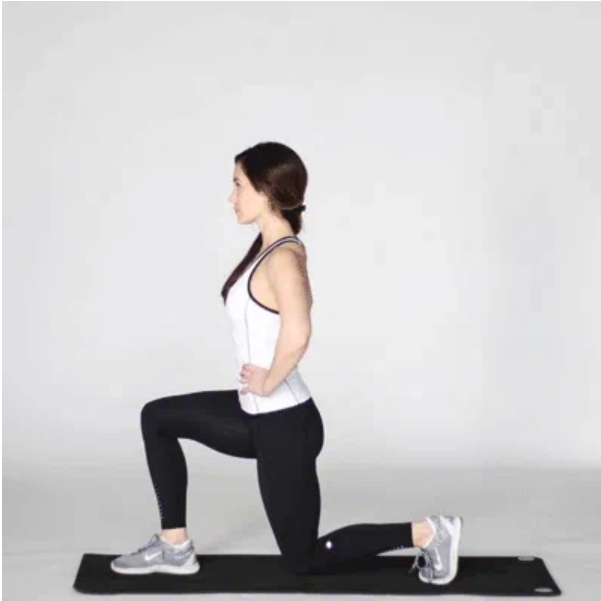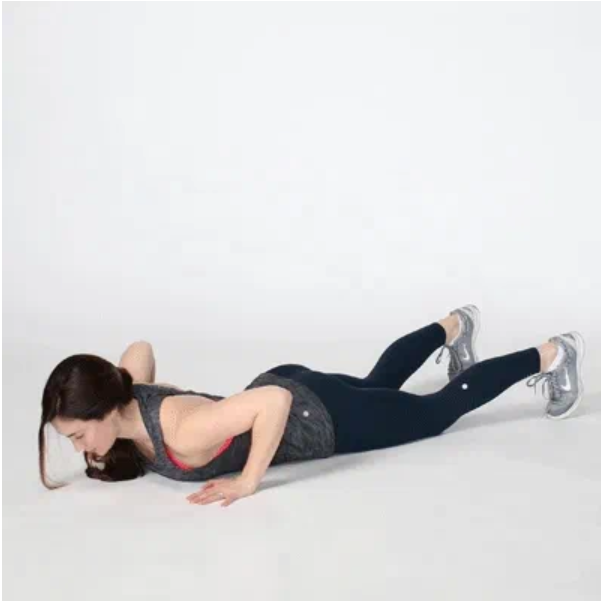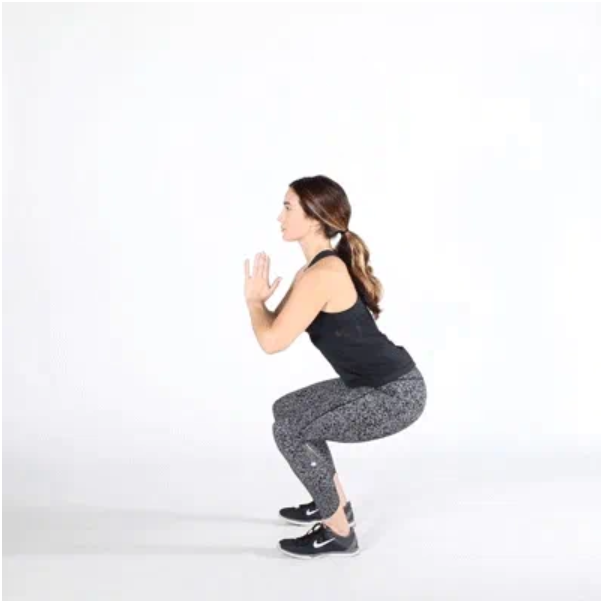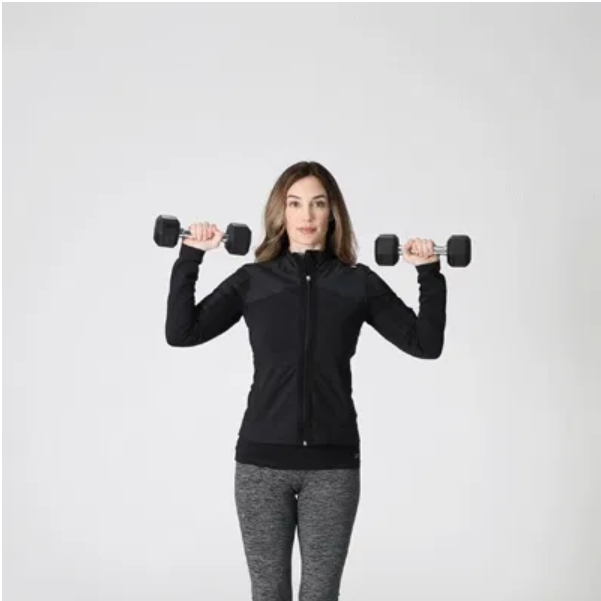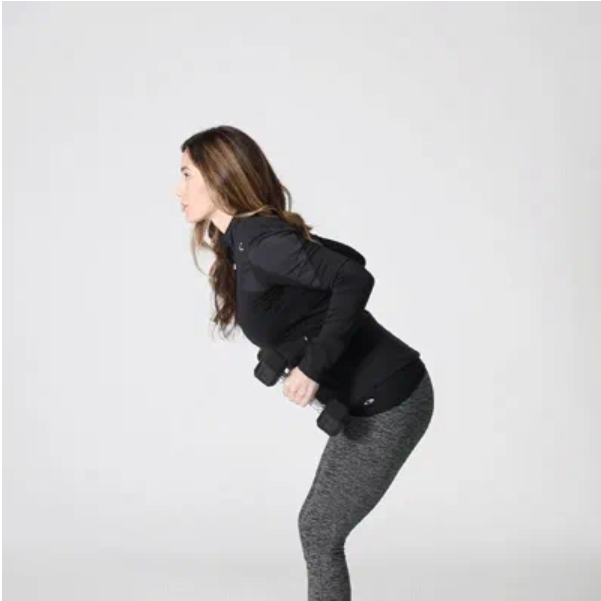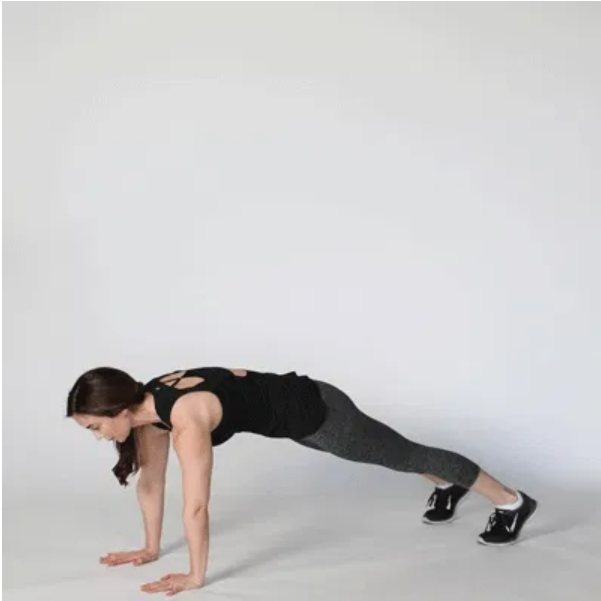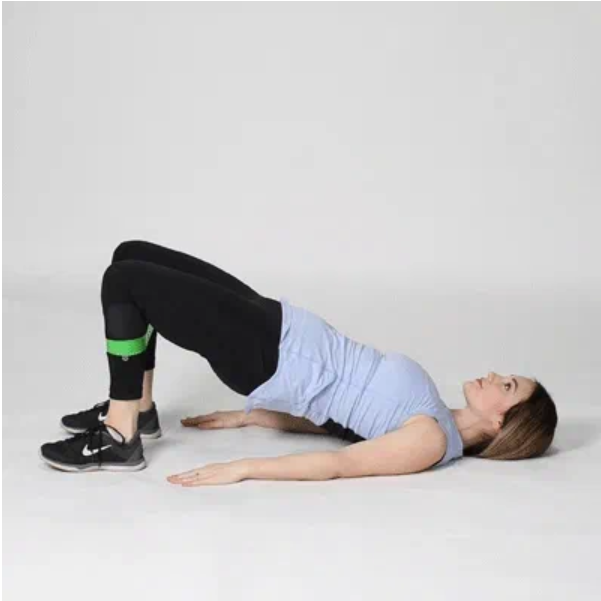Building muscle is a long-term battle that requires time, patience and scientific methods. Whether you are a fitness novice or an experienced trainer, a reasonable training plan and nutritional intake are the key to muscle growth. This article will systematically analyze the basic principles of muscle growth, training techniques, dietary recommendations and recovery strategies to help you build your ideal body shape.
1. Basic principles of muscle growth
Muscles are composed of bundles of parallel muscle fibers that generate strength through contraction. The increase in muscle volume is called hypertrophy, and the core lies in the net synthesis of muscle protein – that is, the synthesis rate exceeds the decomposition rate.
- Protein synthesis and decomposition balance: Muscle growth depends on the body storing more protein than decomposing protein.
- Hormonal effects: Hormones such as testosterone and growth hormone promote muscle growth.
- Nutrient supply: Adequate amino acids and energy are the basis of muscle synthesis.
- Training stimulation: Resistance training (such as weightlifting) activates the body’s muscle growth mechanism.
Scientific research shows that combining proper resistance training with a high-protein diet is an effective way to promote muscle growth.
2. Training skills: How to design a muscle-building plan
1. Choose the right number of repetitions (Rep Range)
- 1–5 times: mainly improve strength.
- 8–12 times: best for muscle growth.
- 15 times or more: enhance muscle endurance.
Different people respond differently to repetitions. It is recommended to adjust the training plan periodically to explore the range that best suits you.
2. Weight selection
The weight should be large enough to make you feel exhausted in the last two repetitions of the target number of repetitions. The training should be close to “exhaustion”, that is, you cannot complete additional repetitions.
3. Combine compound movements with isolated movements
- Compound movements (such as squats, bench presses, and deadlifts) exercise multiple large muscle groups with high efficiency and strong functionality.
- Isolated movements (such as biceps curls) target specific muscles and are suitable for strengthening weak areas at the end of training.
It is recommended to do 3-5 compound movements and 1-2 isolated movements each time to avoid overtraining.
4. Avoid overtraining
The total number of movements per training should be controlled at 5-7, and the training intensity and recovery time should be arranged reasonably to prevent muscle fatigue and injury.
3. Dietary strategy: Nutritional guarantee for muscle growth
1. Calorie surplus
During the muscle growth period, you need to consume 300-500 calories more than your daily consumption to ensure muscle synthesis and avoid excessive fat accumulation.
2. Protein intake
It is recommended to consume 1.4-2 grams of protein per kilogram of body weight per day. High-quality protein sources include lean meat, fish, eggs, dairy products, nuts and plant protein (peas, soybeans, hemp seeds, etc.).
3. Carbohydrates and fats
- Maintain fat intake at 0.5-1.5 g/kg per day to support hormone function.
- Remaining calories are supplemented by carbohydrates to ensure training energy and recovery.
4. Dietary diversification
Balanced intake of various nutrients, avoid a single diet, promote overall health and muscle growth.
IV. Recovery and advancement
- Sufficient sleep: Promote muscle repair and hormone secretion.
- Reasonable rest: The interval between training the same muscle group is more than 48 hours.
- Progressive overload: Gradually increase the weight or number of training to continuously stimulate muscle growth.
- Monitor progress: Record training data and physical changes, and adjust the plan in time.
V. Muscle growth speed and realistic expectations
Muscle growth is slow and individual differences are large. Studies have shown that adult men can gain an average of 0.25-0.9 kg of muscle per month. It is not impossible to accumulate 20-40 pounds (9-18 kg) of muscle after several years of training.
Muscle building is a systematic project that requires a combination of scientific training, proper diet and adequate recovery. By mastering the correct training methods, ensuring nutritional intake, and maintaining patience and persistence, you will gradually shape the ideal muscle lines and strong body.
